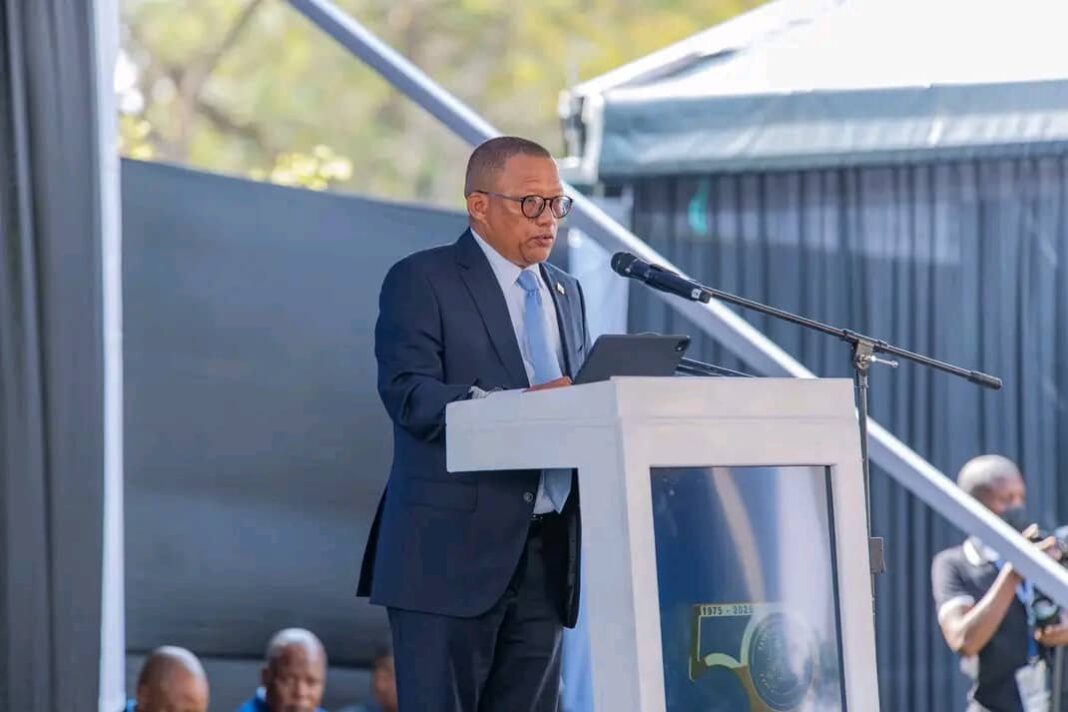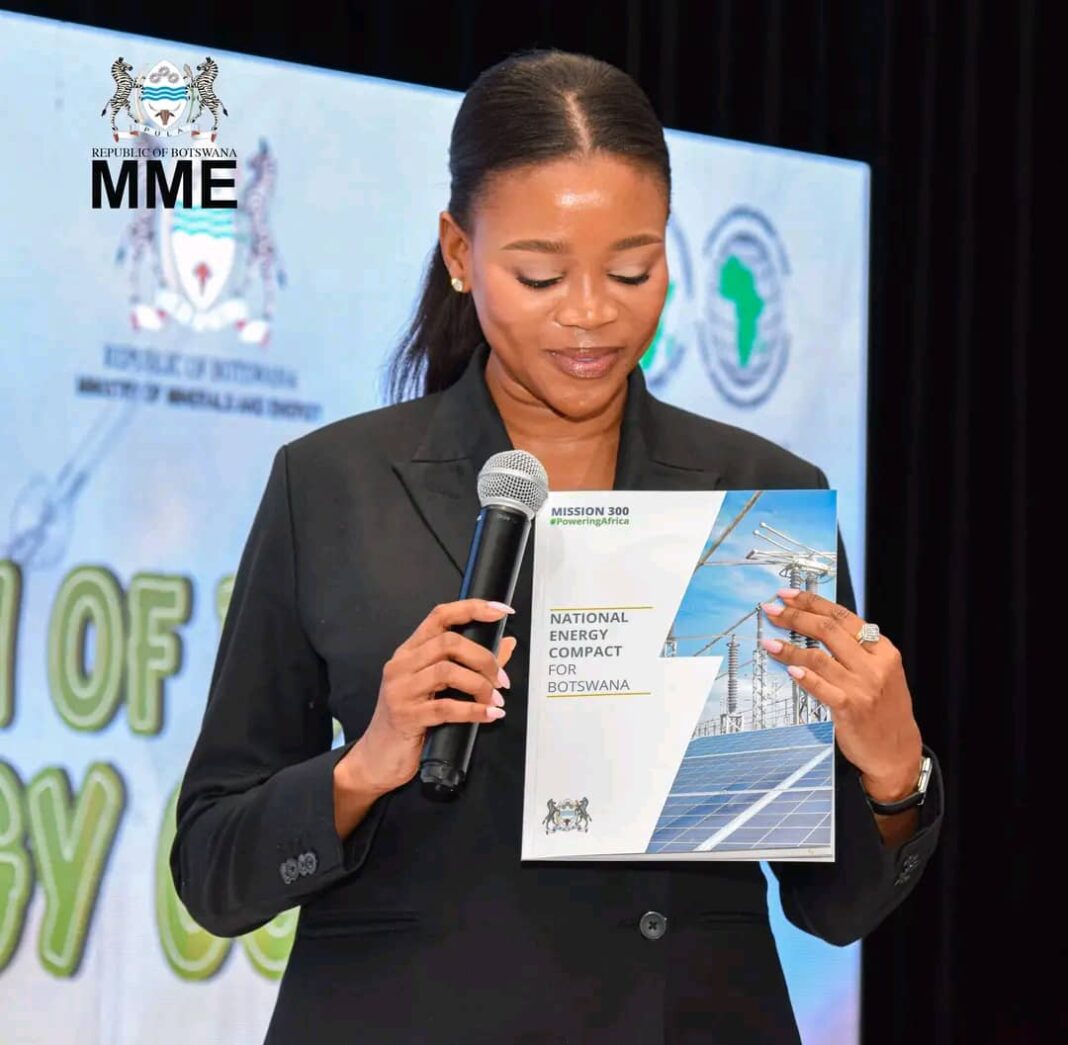The Bank of Botswana’s Monetary Policy Committee (MPC) has announced a recalibration of the Monetary Policy Rate (MoPR), increasing it by 160 basis points from 1.9 percent to 3.5 percent, in a move aimed at improving the effectiveness of monetary policy transmission and supporting the country’s external balance.
In its latest meeting held on 30 October 2025, the MPC emphasised that while the rate increase may appear as policy tightening, it is instead a “technical recalibration” designed to enhance liquidity management and preserve foreign exchange reserves.
The central bank directed commercial banks not to raise their Prime Lending Rates (PLRs), ensuring that the decision does not translate into higher borrowing costs for consumers and businesses.
“The recalibration is intended to reinforce policy transmission, particularly in relation to the monetary operations tools and distribution of market liquidity,” the MPC statement read. “It also complements the adjustment of exchange rate parameters introduced in July 2025 to preserve official foreign exchange reserves and maintain external balance.”
The decision comes at a time when both the global and domestic economies are navigating significant headwinds. The Bank cited ongoing geopolitical tensions, trade policy shifts, and subdued global growth as key global challenges affecting Botswana’s economy. These developments have weakened the country’s fiscal and external buffers, leading to recent credit rating downgrades by S&P Global Ratings and Moody’s Investors Service.
Despite the downgrades, Botswana’s credit rating remains within the investment-grade category, underscoring continued confidence in its macroeconomic management.
The Bank stressed that fiscal support, economic diversification, and productivity-enhancing reforms under the Botswana Economic Transformation Programme (BETP) and National Development Plan 12 (NDP 12) remain critical to stabilising and improving the ratings.
The Bank has, in recent months, implemented a range of targeted liquidity support measures to ease domestic liquidity constraints. These include longer-term repo operations, a pause on PLR increases, and initiatives to deepen the foreign exchange market.
According to the MPC, these interventions have helped stabilise market liquidity and improve interbank market functioning.
However, the Bank warned that “the structural drivers of the current liquidity pressures cannot be solved by monetary policy alone,” and called for continued coordination with fiscal and regulatory measures. To strengthen financial stability, the Bank may require commercial banks with high deposit concentrations to hold additional capital under Basel III supervisory standards.
According to the MPC statement, the July 2025 exchange rate adjustment appears to have yielded positive results. The MPC noted that foreign exchange reserves have stabilised at about six months of import cover, while interbank foreign exchange trading has increased from an average of P2.4 billion to P3 billion per month. Official foreign exchange sales by the Bank have also declined from approximately P4 billion to P2.8 billion per month, helping to preserve reserves.
Nonetheless, the Bank cautioned that sustaining this progress will require stronger fiscal responses and faster economic diversification, particularly as the diamond sector remains weak.
As per the MPC statement, Botswana’s real Gross Domestic Product (GDP) contracted by 3 percent in the twelve months to June 2025, compared to a 0.6 percent decline in the previous year. The downturn was attributed mainly to weaker mining output and subdued non-mining activity.
Further, the International Monetary Fund (IMF) projects Botswana’s economy to shrink by 0.9 percent in 2025, while the Ministry of Finance expects a smaller contraction of 0.4 percent. Growth is expected to rebound modestly in 2026, with forecasts of 2.9 percent (Finance Ministry) and 2.3 percent (IMF), reflecting gradual recovery in the global economy and domestic structural reforms.
Globally, the October 2025 World Economic Outlook (WEO) projects growth of 3.2 percent, slightly below the 3.3 percent recorded in 2024, amid ongoing geopolitical tensions and uneven trade adjustments, the MPC stated adding that headline inflation averaged 2.1 percent in the third quarter of 2025, down from 3.1 percent a year earlier.
However, inflation rose sharply in September 2025 to 3.7 percent, largely driven by a domestic fuel price hike that added nearly one percentage point to the inflation rate. The Bank expects inflation to rise in the medium term, averaging 5.9 percent in 2026, before moderating thereafter.
Furthermore, the MPC noted that risks to the inflation outlook are seen as tilted to the upside, mainly due to increases in fuel, water, and electricity tariffs, as well as potential supply chain disruptions and higher international commodity prices. On the downside, weak global demand and lower commodity prices could contain inflation.
In addition to the MoPR increase, the MPC approved several complementary actions to support liquidity management and market stability:the 7-day Bank of Botswana Certificates (BoBCs), repos, and reverse repos will now be conducted at the MoPR of 3.5 percent, repo maturity will be extended up to three months, reducing rollover risk, the Standing Deposit Facility (SDF) rate rises to 2.5 percent, while the Standing Credit Facility (SCF) rate moves to 4.5 percent, and the Credit Facility (CF) rate is reduced to 6.5 percent, encouraging more active interbank trading and efficient liquidity distribution.
The Bank reiterated that commercial banks must not adjust their PLRs, to ensure the recalibration strengthens monetary policy transmission without raising borrowing costs.
The MPC maintained that the economy continues to operate below full capacity, implying minimal demand-driven inflationary pressure. Even so, the Bank reaffirmed its commitment to an accommodative monetary policy stance, supporting economic recovery and the implementation of transformation initiatives under BETP and NDP 12.
The MPC stressed that the Bank will continue to monitor domestic and external developments closely to ensure price stability and safeguard financial system stability.
The next MPC meeting is scheduled for 4 December 2025.


